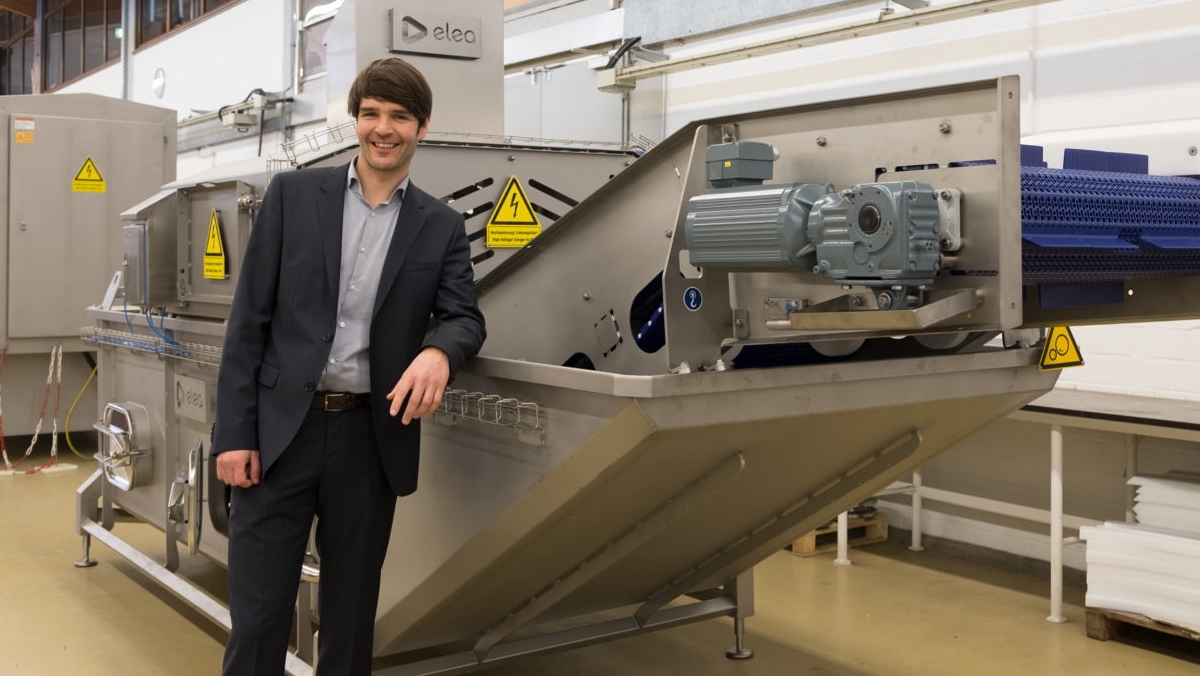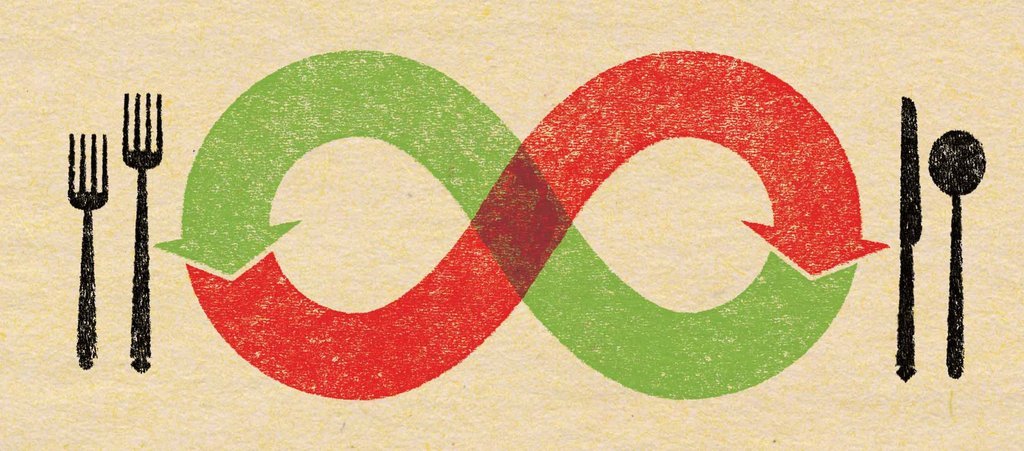The principle food trends for 2018 must be to reduce waste and to find more sustainable means to feed the world. It’s an easy thing to say, but, will all begin with increased education for the consumers on real savings and actual reductions in waste.
With that said, I have researched a couple of areas that I think will make the biggest dents in the food industry throughout 2018.
PEF Technology
Consumers are largely unaware of the new technology trends that are starting to permeate through the processing side of food production. There is a new energy for the food industry and it is called PEF (Pulsed Electric Field).
In layman terms, it involves the smart use of electrical energy to dramatically reduce the amount of energy required to process a wide range of foods and drinks. The basic principle is called ‘electroporation’.
The effects of electroporation include an extend shelf life of fresh tasting drinks, an improved yield and quality from a wide range of agricultural produce, saving dramatically on process energy and product waste.
There is usually up to a 35% saving on energy used once PEF is introduced into existing processing lines.
The leading company in this field is a German company called Elea, who has successfully rolled out the tech world wide, primarily for large scale food production.
In the near future, the technology will filter down into smaller enterprises as knowledge disseminates from the larger scale food producers.
I will be conducting an interview with Professor Dr.-Ing Stefan Toepfl, Managing Director of Elea, to further uncover the science and sustainable benefits behind PEF technology.

In the photo: Stefan Toepfl standing next a PEF unit Credit: Elea
Entomophagy: The consumption of insects
The insect question stems from the need for diversity in our crops and our livestock. We rely far too much on a very narrow range of species to fill out our global food intake, some 30-species account for 95% of our human food needs.
The imbalance of consumption against the number of species propping up those consumer requirements has led to food security experts pressing for diversification. Underexploited food sources, such as orphan crops and under-utilised livestock, are being more seriously looked at as solutions, particularly in developing nations that don’t wish to compete financially on the global food market. In parts of central Africa as much as half of dietary protein has historically come from insects; their market value is often higher than other sources of animal protein.
Furthermore, Asia too has a deep heritage in insect eating. Thailand has a popular snack food, called jing leed, featuring deep-fried crickets served with a soy-type sauce. In Mexico you can find chicatanas, pan-roasted ants served with a wedge of lime. As a European westerner adverse to eating insects I ask myself: are we missing something here? And: Why are we so against eating insects?

In the photo: The Insect Burger Credit: Essento
Essento, a Swiss start-up, are leading the way in changing western cultural indignation towards insect consumption. Switzerland’s second-largest supermarket chain, Coop, announced it would begin selling an insect burger, and insect balls, based on protein rich meal-worm. This new release of insect based foods in Swiss supermarkets represents a shift in law and cultural perception. Last May, Swiss food safety laws were changed to allow the sale of food items containing three types of insects: crickets, grasshoppers and mealworms.
It is worth noting that Switzerland will be the first European country to authorise the sale of insect-based food items for human consumption. We will all be watching with wide, bug-eyes to see how the Swiss react to a new range of food product on their supermarket shelves. If it is a success, 2018 may well be the year that starts a movement towards a more insect rich diet for the rest of Europe’s population.
The sustainable benefits of accepting insects as a protein source are plain and obvious to even the most committed carnivore. I will be conducting an interview with WFSC member, Alexander Mathys, Professor of Sustainable Food Processing – and, in no small part, the brain child behind the aforementioned Essento products – to talk in more depth on the sustainable benefits of insect protein production.

In the photo: The Insect Ball Wrap Credit: Essento
Lab-grown meat
Another solution to the inefficiency of protein production for human consumption is lab-grown meat. It quickly follows insect protein as a vision for future protein production. However, my perception is that it will not be a hit within the food sphere for 2018.
A Scottish study, conducted by the University of Edinburgh, chewed the fat of the issue with lab-grown meat. They found that lab-grown meat was no more sustainable in environmental terms than poultry production. Whilst the benefit in producing the meat seems clear, having absolute control over the nature of growth without having a sentient animal to contend with, mammals are still inefficient in converting plant based feed to protein fibres.
Therefore, lab-grown meat has many hurdles to jump, including the moral question of whether it is fair to grow life without there being any awareness for the animal, it is a box we have yet to fully open.
The consumers
Consumers are the blunt, ill-informed end of the food industry, but, they inevitably dictate the shape of street food and supermarket products.
2017 saw a lot more households going ‘gluten free’ or reducing their gluten content because of the perceived health risks associated with it.
2018 will now see a lot more colorful carbs on the menu. This is mainly due to businesses trying to counteract this new ‘gluten free’ trend. Another reason, however, is that colorful is very ‘instagrammable’ and millenials love showing off wacky and wonderful foods.
Social media has changed the way we eat our food. Consumers choice of food now depends largely on whether they can ‘Instagram’ or ‘Snapchat’ it. This has caused food manufacturers and restaurants to be innovative in their design. Manufacturers are now using bright, bold colors in their foods. Restaurants are also starting to improve the display of their products.
Social media is creating an ever more consumer-centric food industry. The food we eat is now a fashion and part of how we socialise. The question we must ask ourselves is whether we live in a world where food is ‘changed’ or ‘improved’ because of fact or fashion.
Editors note: The opinions expressed here by Impakter.com columnists are their own, not those of Impakter.com










